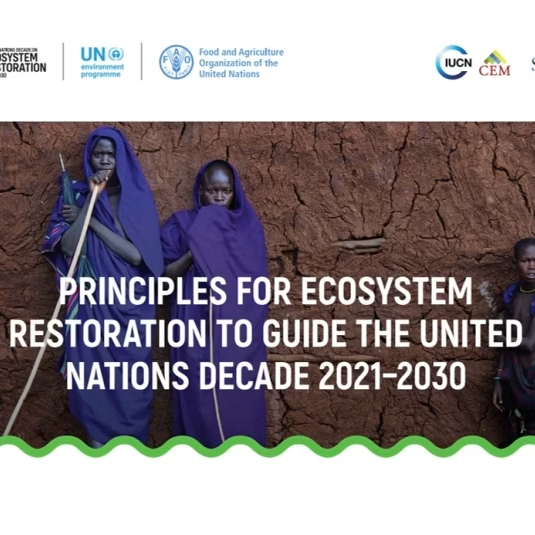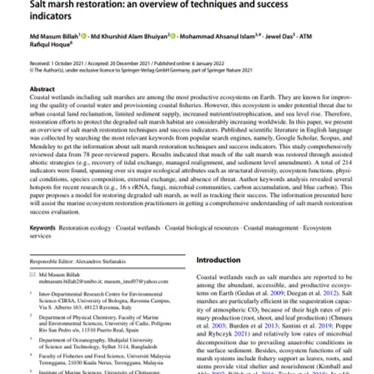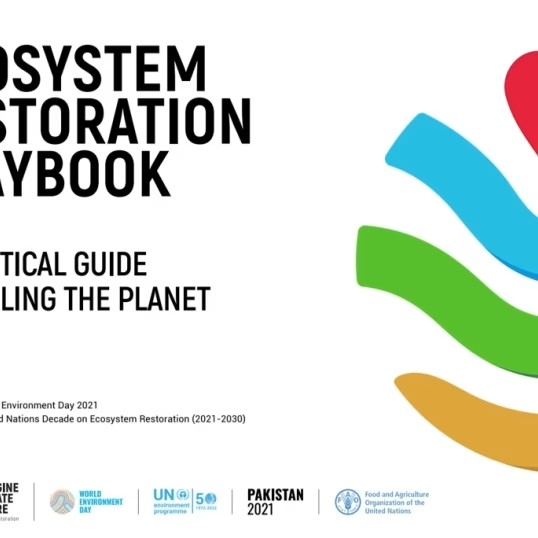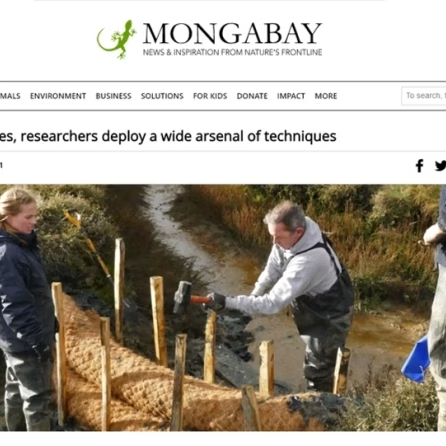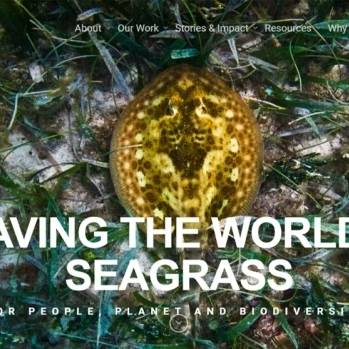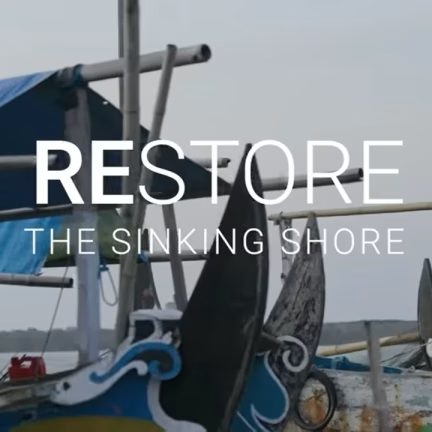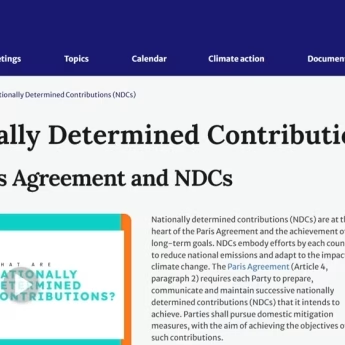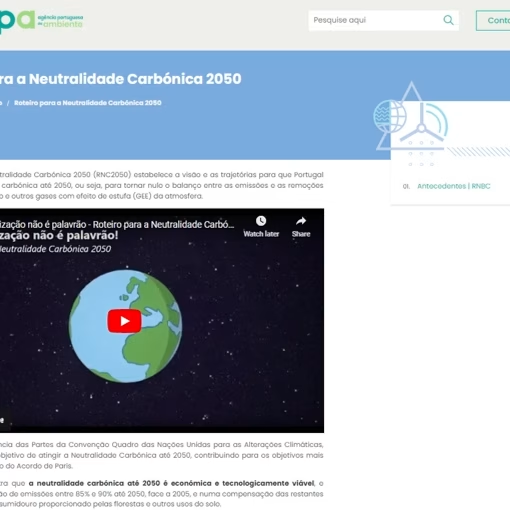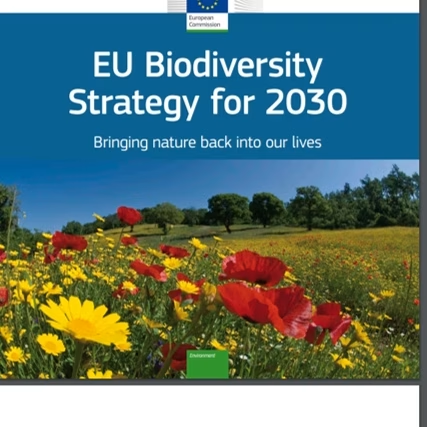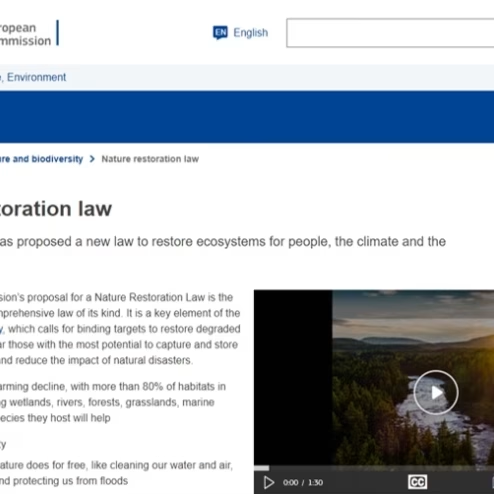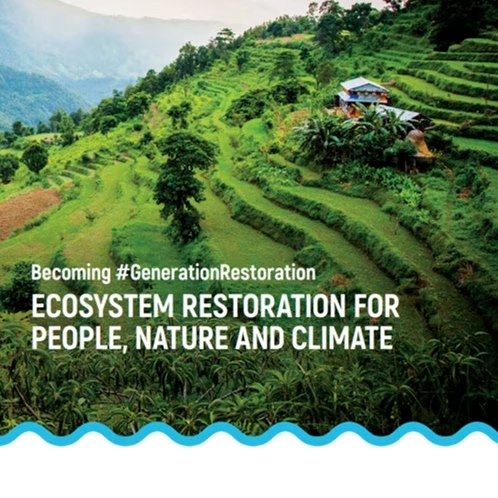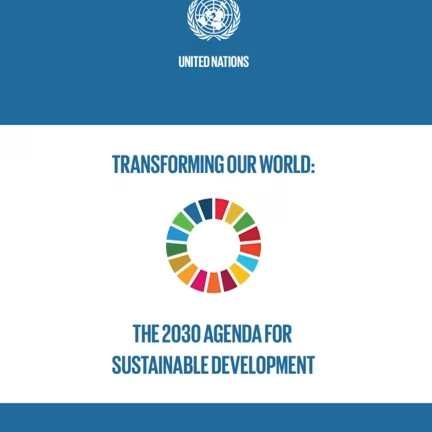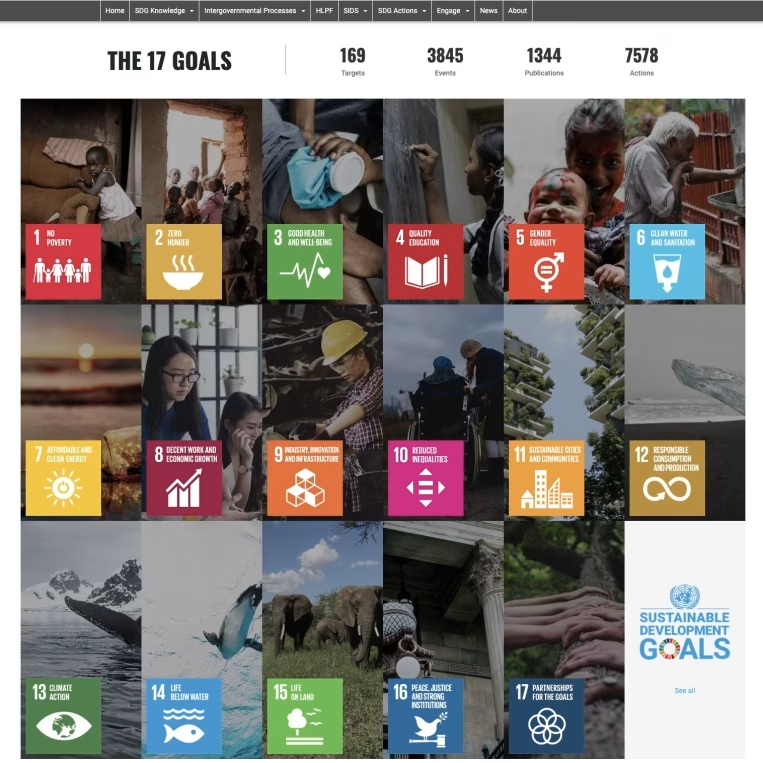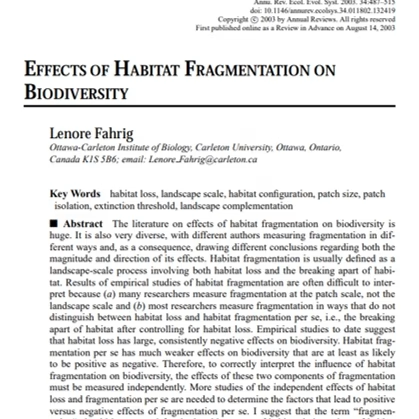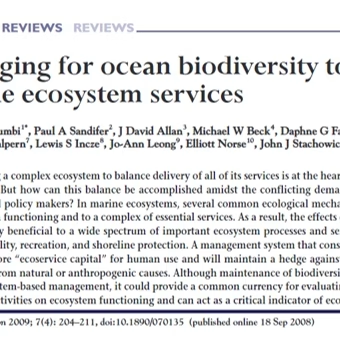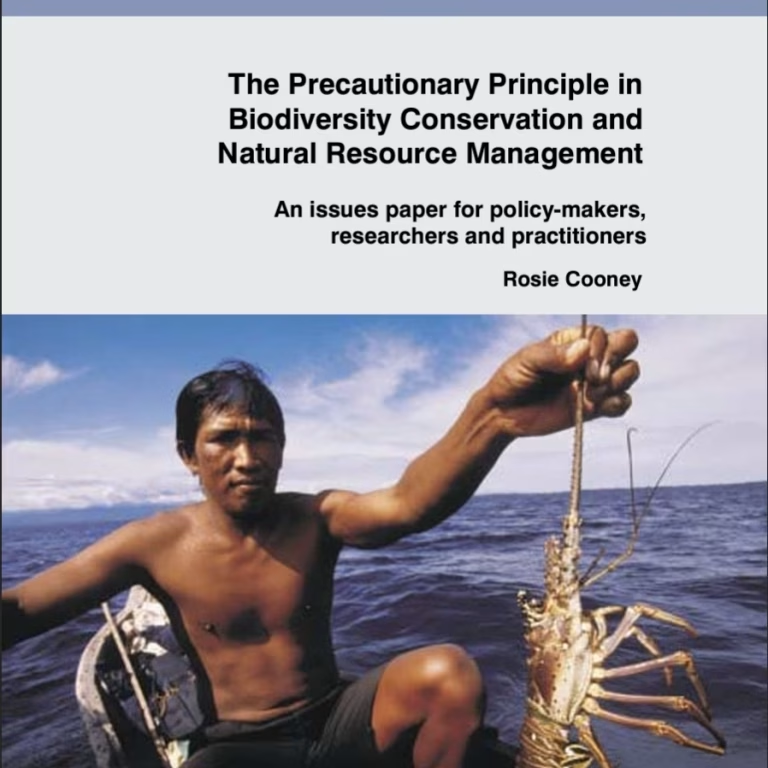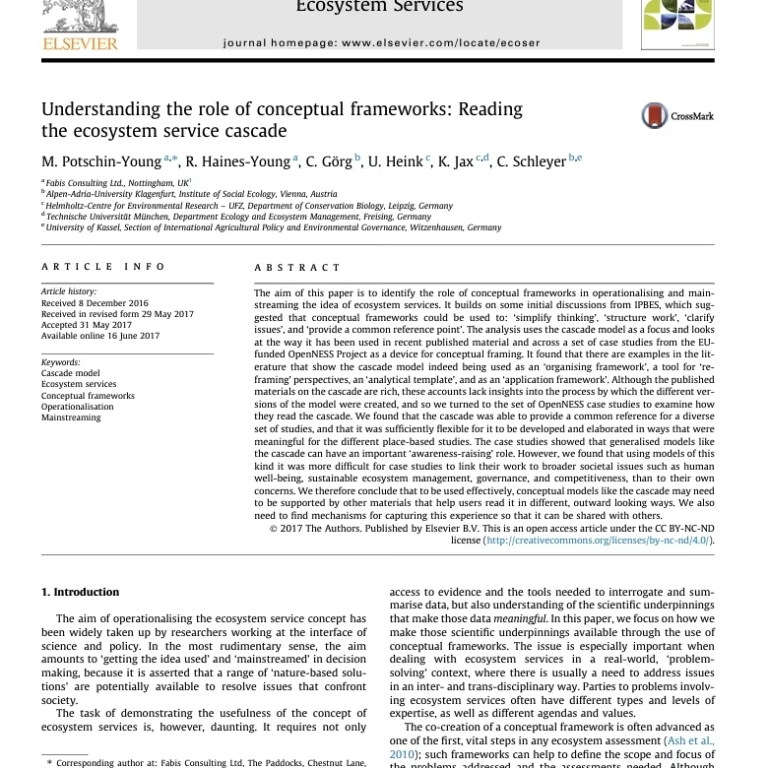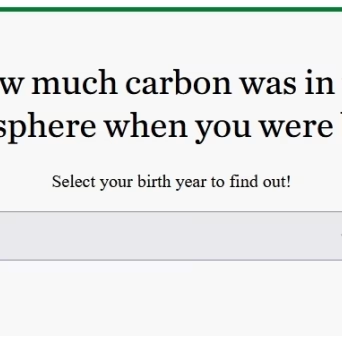Resource Library
- All
- Further Reading
- Infographic
- Map
- Online Article
- Online Exercise
- Photo
- Report
- Scientific Article
- Story Map
- Teaching Material
- Tools
- Video
- Website
Principles for Ecosystem Restoration to Guide the United Nations Decade 2021–2030
Aware of the critical need to halt, prevent and reverse ecosystem degradation, and to effectively restore degraded terrestrial, freshwater and marine ecosystems across the globe, the United Nations General Assembly declared 2021–2030 as the United Nations Decade on Ecosystem Restoration (hereafter the “UN Decade”). The ten principles for ecosystem restoration include a first principle that…
Carbon Neutrality Roadmap 2050: Decarbonizing isn’t an empty word, it is a call to action
Video featuring Portuguese climate goals for 2050. Carbon Neutrality Roadmap 2050 – “Decarbonizing isn’t an empty word, it is a call to action”. Imagine it is the year 2050… despite the hustle and bustle of daily life, the clamor of cars and traffic cannot be heard
Saltmarsh Restoration: An overview of techniques and success indicators
Coastal wetlands including saltmarshes are among the most productive ecosystems on Earth. They are known for improving the quality of coastal water and provisioning coastal fisheries. However, this ecosystem is under potential threat due to urban coastal land reclamation, limited sediment supply, increased nutrient/eutrophication, and sea level rise. Therefore, restoration efforts to protect the degraded…
Ecosystem Restoration Playbook: A practical guide to healing the planet
Healthy ecosystems are vital to meeting those goals. Restoring them is a massive challenge. But more and more people realize that we must change our ways and move urgently to protect and rebuild nature for the sake of future generations and out of love for the world we live in. If you are ready to…
After 90% of California’s Kelp Forests Were Destroyed, SeaTrees Is Restoring Them
Video featuring a kelp restoration in California. “Could you imagine if 90 percent of the trees on land disappeared in 10 years?” Kevin Whilden, co-founder of Sustainable Surf and SeaTrees, lobs the rhetorical question in the air and lets it hang for a beat before stating the obvious: “People would know about it and be…
Researchers Rush to Protect the UK’s Saltmarshes from Sea Level Rise
Saltmarshes sequester significant carbon in their sediment — more per hectare than tropical rainforests. They protect the land from storm surges and sea level rise, and they shelter a variety of birds, fish and crustaceans. However, saltmarshes are being lost quickly to erosion and development. One initiative in the U.K. is trying to protect the…
Project Seagrass
Project Seagrass is a global facing environmental charity devoted to the conservation of seagrass ecosystems through research, community and action.
The World’s Biggest Island Country Battles Coastal Erosion
We are experiencing a dangerous decline in nature: One million species are threatened with extinction, soils are turning infertile and water sources are drying up. But there are glimmers of hope: Made up of over 17,000 islands, Indonesia is the world’s biggest archipelago. Through climate related sea level rise, its shores are sinking. Fishing communities…
Nationally Determined Contributions (NDCs)
Nationally determined contributions (NDCs) are at the heart of the Paris Agreement and the achievement of its long-term goals. NDCs embody efforts by each country to reduce national emissions and adapt to the impacts of climate change. The Paris Agreement (Article 4, paragraph 2) requires each Party to prepare, communicate and maintain successive nationally determined…
Roteiro para a Neutralidade Carbónica 2050
O Roteiro para a Neutralidade Carbónica 2050 (RNC2050) estabelece a visão e as trajetórias para que Portugal atinja a neutralidade carbónica até 2050, ou seja, para tornar nulo o balanço entre as emissões e as remoções de dióxido de carbono e outros gases com efeito de estufa (GEE) da atmosfera.
EU Biodiversity Strategy for 2030: Bringing nature back into our lives
The EU Biodiversity Strategy for 2030 sets out a truly ambitious and far-reaching programme of measures to halt and reverse biodiversity loss in the EU and across the globe. The challenge ahead is daunting and our ambition high, but it is actually not a matter of choice: halting biodiversity loss is a necessity for a…
Nature Restoration Law
The European Commission’s proposal for a Nature Restoration Law is the first continent-wide, comprehensive law of its kind. It is a key element of the EU Biodiversity Strategy, which calls for binding targets to restore degraded ecosystems, in particular those with the most potential to capture and store carbon and to prevent and reduce the…
Becoming #GenerationRestoration: Ecosystem restoration for people, nature and climate.
The state of degradation of the world’s ecosystems and details of the economic, environmental and social rewards that restoration can bring.
Transforming Our World: The 2030 Agenda for Sustainable Development
The 2030 Agenda for Sustainable Development is a plan of action for people, planet and prosperity. It also seeks to strengthen universal peace in larger freedom. We recognise that eradicating poverty in all its forms and dimensions, including extreme poverty, is the greatest global challenge and an indispensable requirement for sustainable development. All countries and…
United Nations Sustainable Development Goals
The 2030 Agenda for Sustainable Development, adopted by all United Nations Member States in 2015, provides a shared blueprint for peace and prosperity for people and the planet, now and into the future. At its heart are the 17 Sustainable Development Goals (SDGs), which are an urgent call for action by all countries – developed…
Effects of Habitat Fragmentation on Biodiversity
The literature on effects of habitat fragmentation on biodiversity is huge. It is also very diverse, with different authors measuring fragmentation in different ways and, as a consequence, drawing different conclusions regarding both the magnitude and direction of its effects. Habitat fragmentation is usually defined as a landscape-scale process involving both habitat loss and the…
Managing for Ocean Biodiversity to Sustain Marine Ecosystem Services
Managing a complex ecosystem to balance delivery of all of its services is at the heart of ecosystem-based management. But how can this balance be accomplished amidst the conflicting demands of stakeholders, managers, and policy makers? In marine ecosystems, several common ecological mechanisms link biodiversity to ecosystem functioning and to a complex of essential services.…
The Precautionary Principle in Biodiversity Conservation and Natural Resource Management
The precautionary principle, or precautionary approach, has emerged over recent decades as a widely and increasingly accepted general principle of environmental policy, law, and management. It is an approach to uncertainty, and provides for action to avoid serious or irreversible environmental harm in advance of scientific certainty of such harm.
Understanding the Role of Conceptual Frameworks: Reading the ecosystem service cascade
The aim of this paper is to identify the role of conceptual frameworks in operationalising and mainstreaming the idea of ecosystem services. It builds on some initial discussions from IPBES, which suggested that conceptual frameworks could be used to: ‘simplify thinking’, ‘structure work’, ‘clarify issues’, and ‘provide a common reference point’. The analysis uses the…
Atmospheric Carbon by Birth Year Calculator
How much carbon was in the atmosphere when you were born?

